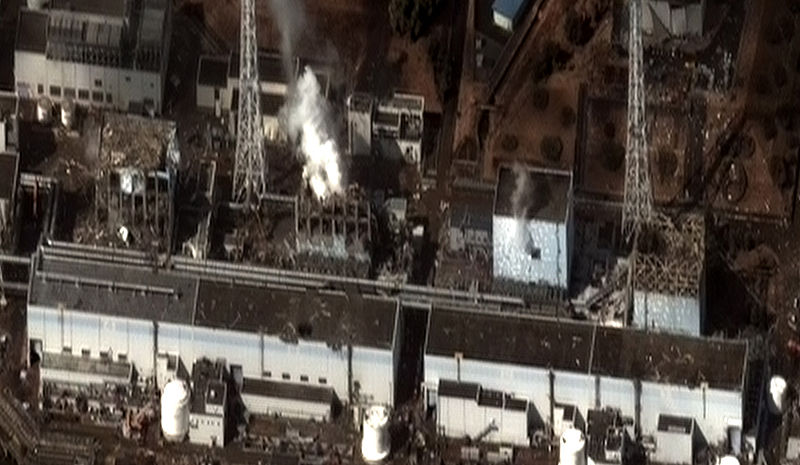
This will discuss all accidents level 6 or above according to INES.
** Three Mile Island, has been left off the list as it is rated at a level 5 INES.
Level 6: Serious Accidents
There has only been one such event according to the INES scale.
 |
| The Kyshtym Memorial |
A week after the leak, an operation to evacuate more than 10,000 people from the surrounding area took place, without giving the locals any explanation as to why. Despite reports by neighbouring states in April 1958, the Soviet Union did not fully disclose the disaster to the world until 1976. The city of Ozuorsk itself has been claimed safe for humans, but the EURT area around the reprocessing facility is still heavily contaminated.
Level 7: Major Accidents
There have been twi such events to date according to the INES
On April 26, 1986 a power surge during testing caused one of the reactors at the Chernobyl Nuclear Power Plant in the Soviet Socialist Republic of Ukraine into a critically stage. This lead to a powerful steam explosion and fire that damaged a significant fraction of the reactor 4 core, and the majority of the core materials were spewed into the environment. This resulted in an immediate death toll of 56, as well as an estimated 4,000 radiation induced cancer deaths since. (Official WHO estimate).

As a result of the explosion, the City of Chernobyl, with a population at the time of 15,000 was largely abandoned, and the much larger city of Pripyat, population 50,000, was completely abandoned and a permanent 30 kilometre Exclusion Zone around the reactor was established.
Despite the high levels of radioactivity, the Ukrainian government continued to operate the remaining reactors at the Chernobyl site until December 2000, when the last reactor, reactor 3, was personally shutdown by the Ukrainian President.
1-Day or 2-Day Tours of the abandoned city of Pripyat are offered, leaving from Kiev, offering a 'safe' distance view of the reactor.
________________________________________________________________________________
On March 11, 2011, a massive earthquake and tsunami crashed into the Pacific coast of Japan. Not only did the tsunami lead to nearly 25,000 casualties (15,000+ deaths, 3,000+ missing, and 6,000+ injuries), it caused a series of equipment failures which in turn caused a nuclear meltdown at the Fukushima Daiichi Nuclear Power Plant.

It was the largest, and worst nuclear disaster since Chernobyl in 1986.
Reactor 1 suffered a hydrogen explosion before it entered into a meltdown
Reactor 2 suffered a steam explosion, and was stabilised before it entered in to a meltdown
Reactor 3 suffered a steam explosion, and began to vent radioactive steam, but did not reach the critical point.
Reactor 4 was shutdown on March 11, and the fuel rods transfered to the spent fuel pool. On March 15, an explosion damaged the roof of Reactor 4, and the water in the pool began boiling, causing the release of more radioactive steam. . By the end of April, Japanese authorities were able confirm the fuel rods we not damaged.
Reactors 5 and 6 are still in stable condition and under constant monitoring.
The radioactive materials dispersed by Fukushima was 40% the total of Chernobyl, and the distance it was dispersed was 1/8 of that of the Chernobyl radioactive plume.
Remembering History - Top 3 Nuclear Power Accidents.
No comments:
Post a Comment